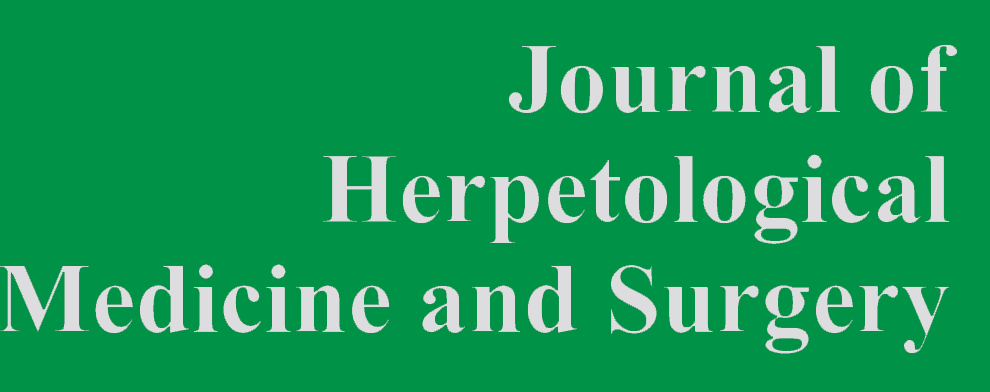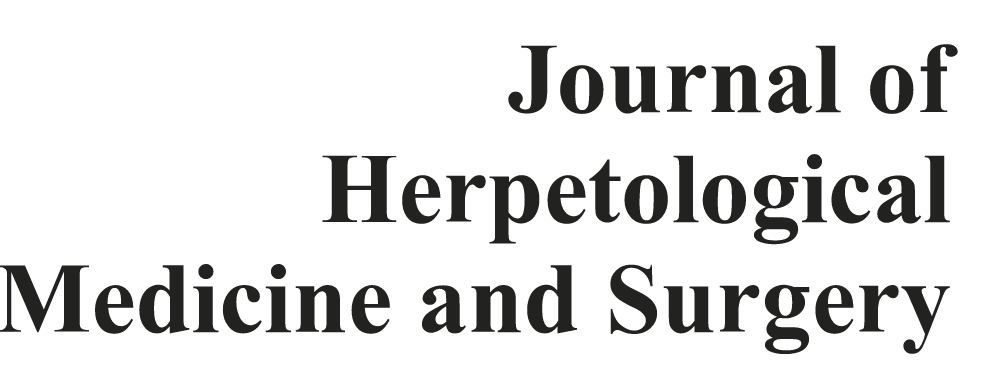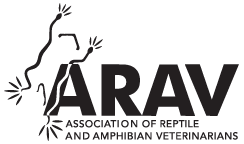Use of Neuraxial Anesthesia for Tail Amputation in a Sedated Central Bearded Dragon (Pogona vitticeps)
A 5-year-old, male intact central bearded dragon (Pogona vitticeps) presented for an 8-day history of traumatic tail injury. Radiographs revealed an acute, traumatic distal tail fracture, and multifocal chronic fractures with callus formation most consistent with metabolic bone disease. Hematology revealed marked leukocytosis and lymphocytosis. Tail amputation was elected. Sedation and neuraxial anesthesia were used to aid in faster recovery and to minimize risks associated with general anesthesia. The patient was sedated with subcutaneous midazolam (1 mg/kg) and dexmedetomidine (0.1 mg/kg) which resulted in marked sedation. The patient received preservative-free bupivacaine (1 mg/kg) and morphine (0.15 mg/kg) neuraxially; total volume did not exceed 0.3 mL/kg. The patient maintained an adequate plane of regional anesthesia and the tail was amputated 7.5 cm distal to the tail base and 3.5 cm cranial to the fracture. Not all diseased caudal vertebrae were removed to avoid damage to proximal soft tissue structures, such as the hemipenes. Histopathology revealed moderate, multifocal, chronic-active, lymphohistiocytic, heterophilic myositis with no evidence of neoplasia. Although no infectious agents were seen on histopathology, microbial DNA sequencing revealed three species of bacteria and one species of fungus, which were believe to be environmental contaminants. Recovery was uneventful and resulted in the patient eating and returning to normal energy levels within 24 hours of the procedure. The patient died nine weeks later from suspected unrelated causes, although correlation to tail amputation and/or neuraxial anesthesia cannot be excluded. Neuraxial anesthesia along with sedation could be considered as an alternative for surgical tail amputation.Abstract
Contributor Notes



